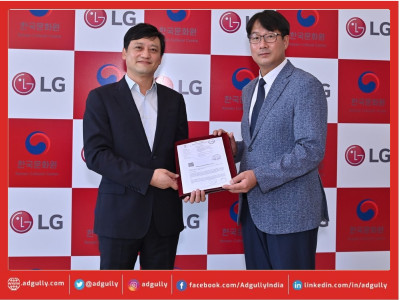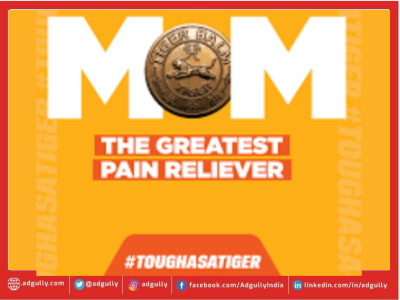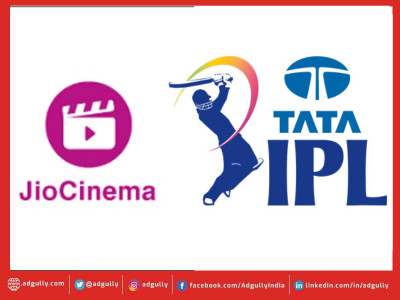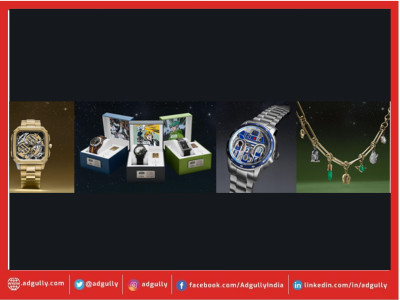The Future of Branding: Colour Trends for Millennials
Authored by Mr. Bhavik Mehta, Founder of Thinkin' Birds Communications"
Branding has always been an essential aspect of marketing, but as the world continues to change and evolve, so do the trends in branding. The rise of millennials has brought about a new focus on branding that is more personalised, creative, and unique. Colour is an integral part of branding, and it plays a significant role in how a brand is perceived by consumers. In this article, we will explore the colour trends for millennials and what they mean for the future of branding.
Millennials, also known as Generation Y, are a diverse and tech-savvy generation that values authenticity, individuality, and social responsibility. They are more likely to be attracted to brands that align with their values and beliefs. In terms of colour trends, millennials tend to prefer bold and vibrant colours that express their individuality and creativity.
One colour trend that has emerged among millennials is the use of bright, bold, and neon colours. These colours are associated with energy, vibrancy, and excitement. They are often used to create a sense of playfulness and youthfulness in branding. Brands like Spotify, Nickelodeon, and Snapchat use these bright colours to appeal to younger audiences and create a fun and engaging brand image.
Another colour trend that has emerged among millennials is the use of pastel colours. Pastel colours are soft, delicate, and calming. They are often associated with femininity, nostalgia, and innocence. Brands like Glossier, Airbnb, and Hims use pastel colours to create a sense of calm and relaxation in their branding. These colours are often used in branding for wellness and beauty products.
In addition to bright and pastel colours, millennials also tend to prefer earthy and natural colours. These colours are associated with nature, sustainability, and authenticity. Brands like Patagonia, The Body Shop, and Whole Foods use earthy colours to communicate their commitment to sustainability and social responsibility. These colours are often used in branding for organic and eco-friendly products.
In terms of colour combinations, millennials tend to favour monochromatic and analogous colour schemes. Monochromatic colour schemes use different shades of the same colour to create a harmonious and cohesive look. Analogous colour schemes use colours that are next to each other on the colour wheel to create a natural and pleasing colour palette. These colour schemes are often used in branding to create a sense of simplicity and elegance.
The future of branding for millennials is likely to be characterised by a continued emphasis on authenticity, individuality, and social responsibility. Brands that align with these values will likely attract millennial consumers more successfully. Colour will continue to play a significant role in branding, and brands that use bold, vibrant, and natural colours are likely to be more successful in appealing to millennial consumers.
In addition to colour, other trends likely to shape the future of millennial branding include personalisation and storytelling. Millennials are more likely to be attracted to brands that offer personalised experiences and tell compelling stories. Personalisation can be achieved through targeted marketing and personalised product recommendations. Storytelling can be achieved through engaging brand narratives that communicate the brand's values and mission.
Another trend that is likely to shape the future of branding for millennials is the use of technology. Millennials are a tech-savvy generation and expect brands to be as well. Brands that use technology to create unique and engaging experiences are likely to be more successful in attracting millennial consumers. Augmented reality, virtual reality, and interactive social media campaigns are all examples of how brands can use technology to engage with millennial consumers.
In conclusion, the future of branding for millennials is likely to be characterised by a continued emphasis on authenticity, individuality, and social responsibility. Colour will continue to play a significant role in branding, and brands that use bold, vibrant, and natural colours are likely to have a long shelf life.


















Share
Facebook
YouTube
Tweet
Twitter
LinkedIn